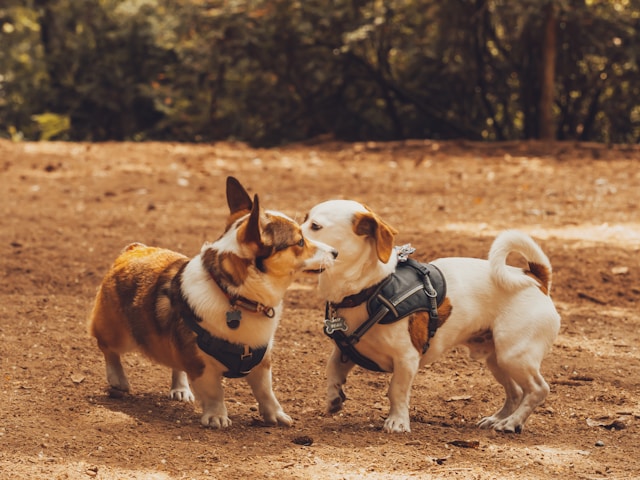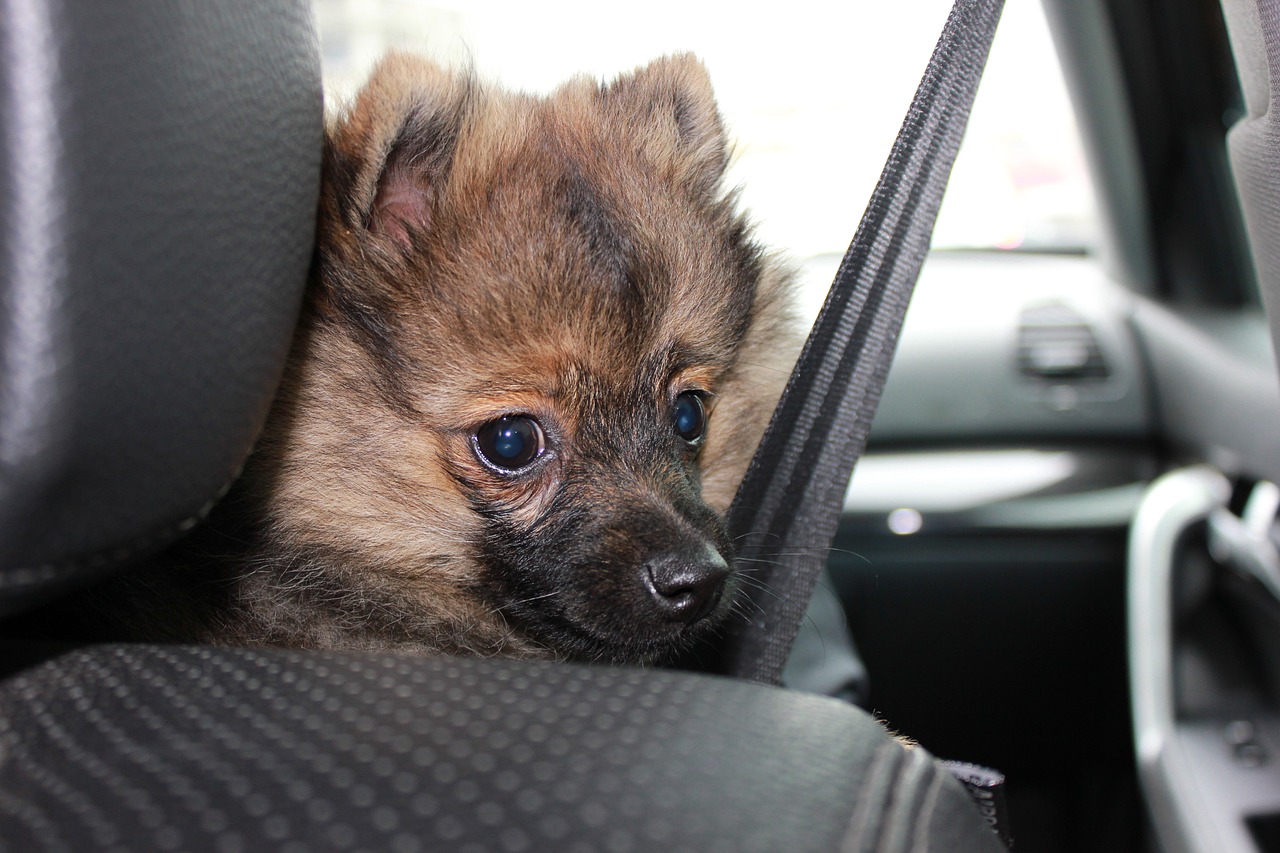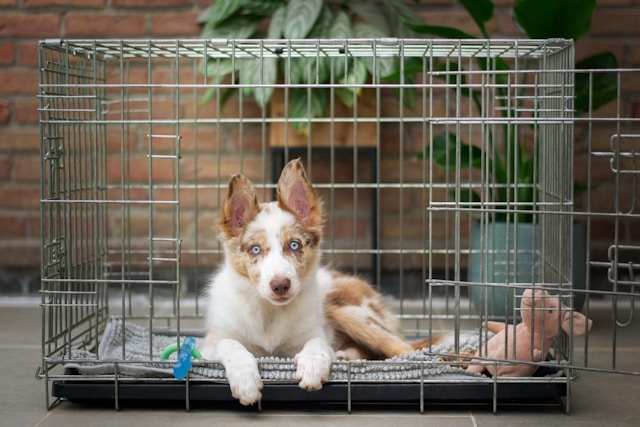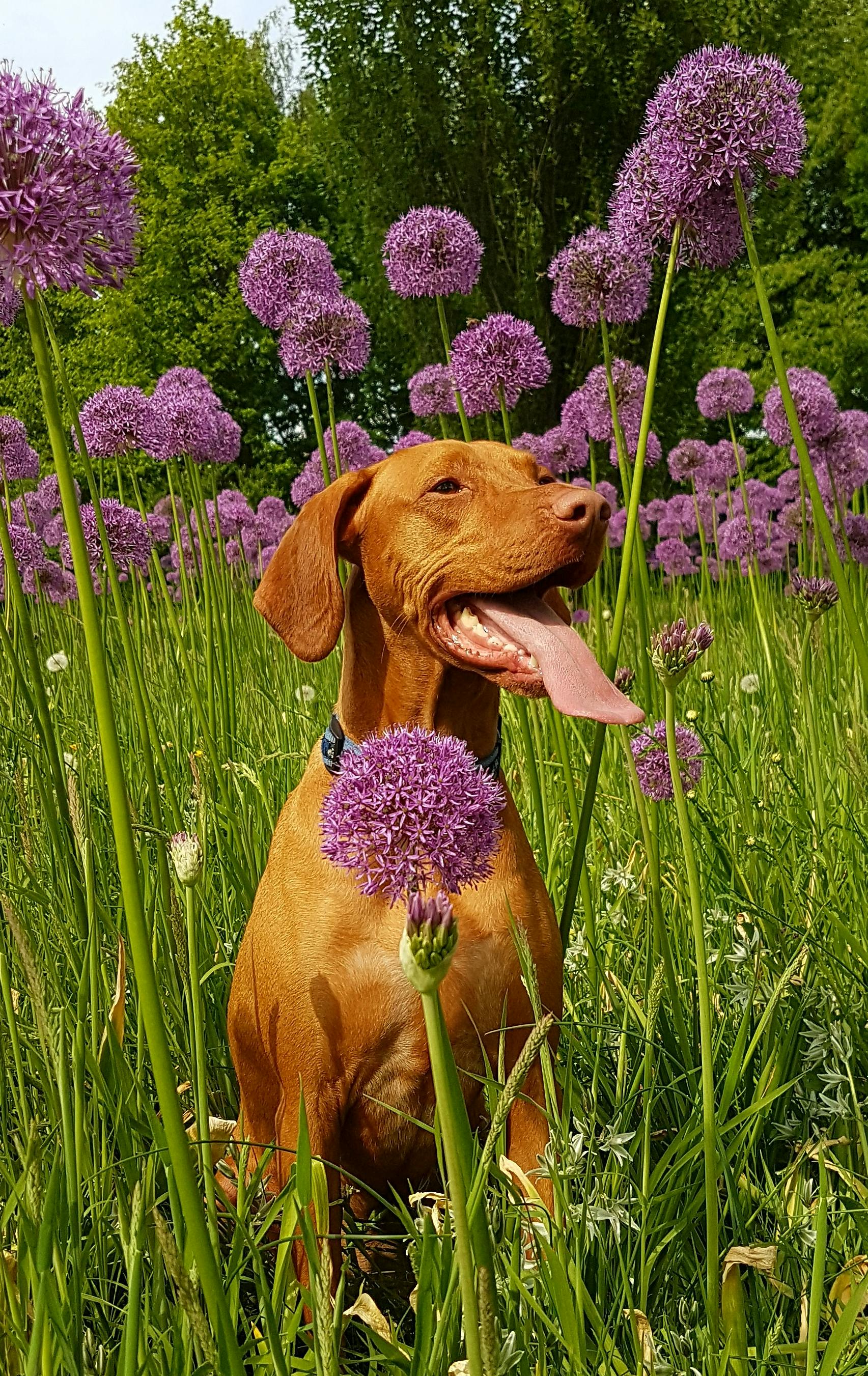Dog Park Etiquette

Some dogs don't always behave as expected, owners who struggle to discipline their pets, individuals who seem to overlook their dog's mess, and those who believe they must assume leadership of the entire park. Often, the people, not the dogs, cause most of the issues.
Take a proactive approach to enjoy your dog park visits fully:
-
Post the Rules: If the dog park you frequent lacks posted rules, suggest putting them up to enhance the experience for everyone. Clear rules leave no room for excuses when they're broken.
-
Start Early: If you want your dog to be well-socialized at the dog park, introduce them to it at a young age. Puppies need socialization, and early visits can help them acclimate to the presence of other dogs and people, building their confidence.
-
Emergency Gear: Keep collars and leashes on hand if things get out of control. Some owners remove collars or leave leashes behind, but having a few extras nearby can help restore order if necessary.
-
No Treats: Avoid bringing dog treats to the park. Treats can lead to competition, jostling, jumping, and potentially aggressive behavior. Encourage park users to leave treats in their cars if they wish to reward their dogs after playtime.
-
Discourage Aggression: Speak up if you notice a dog displaying aggressive behavior on multiple occasions. Politely request that the owner address their dog's conduct. While this may lead to discussions or disagreements, it's better than potential dog bites, vet bills, or legal issues.
-
Self-Police: Take responsibility for maintaining a harmonious atmosphere at the dog park. Discuss how to handle situations like picking up missed poop, separating overly excited dogs, or reminding fellow owners of the posted rules.
-
Get to Know Fellow Pet Owners: Make an effort to learn the names of people who frequent the dog park. Building a sense of community among dog owners can help prevent conflicts and create a more pleasant environment for everyone.
By following these guidelines and fostering a sense of community among dog park visitors, you can ensure that playtime at the park remains enjoyable for both dogs and their owners.
How can I determine if my dog is a suitable fit for the dog park?
Some dogs may not be suitable for the dog park, and that's perfectly fine! Like humans have varying preferences for social activities, with some enjoying trips to the shopping mall or amusement parks, while others prefer staying home or spending time with a few close friends, dogs also have their social preferences. It's essential to recognize that play between adult dogs unfamiliar with each other isn't always considered 'normal' dog behavior. When visiting the dog park, observing your dog for signs of stress is crucial. These signs may include shaking off when not wet, yawning when not tired, excessive sniffing when approached by other dogs or humans, or actively avoiding interactions with other dogs or humans.
Additionally, keep an eye out for your dog chasing other dogs, trying to evade them, not responding to your calls, or getting involved in conflicts with other canines. These behaviors could indicate that your dog may not be well-suited for the dog park and might benefit from alternative forms of exercise. Going to the dog park can be an enjoyable experience for your furry companion, allowing bonding between you and your dog. By adhering to straightforward, common-sense guidelines, you can ensure that you, your dog, and fellow park-goers can have a safe and pleasant time at the dog park.
Get insurance plans with wide-ranging coverage options













